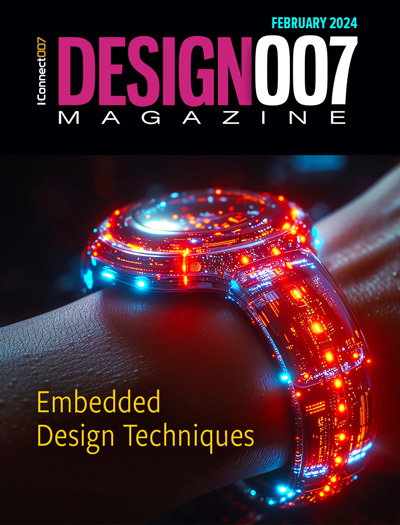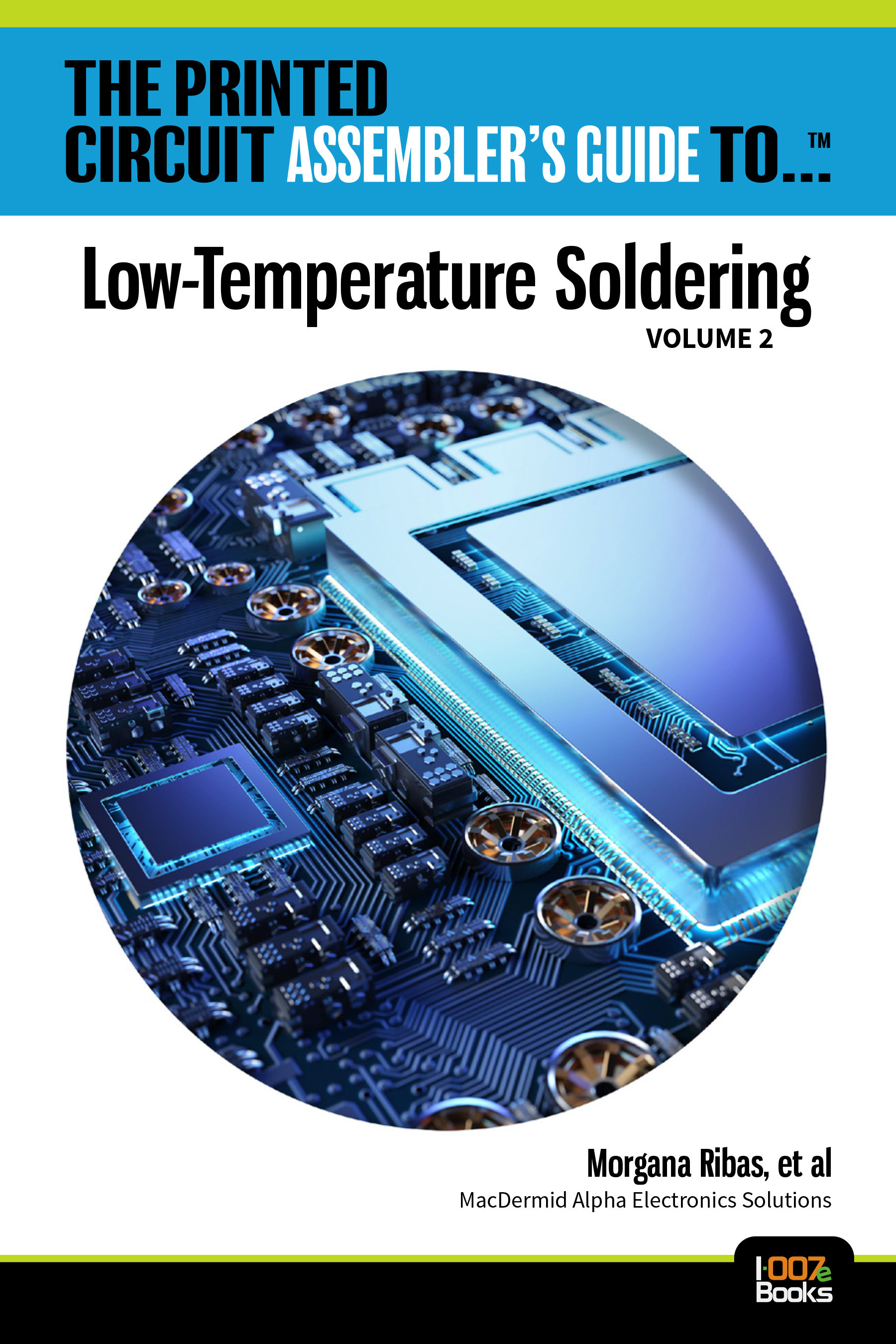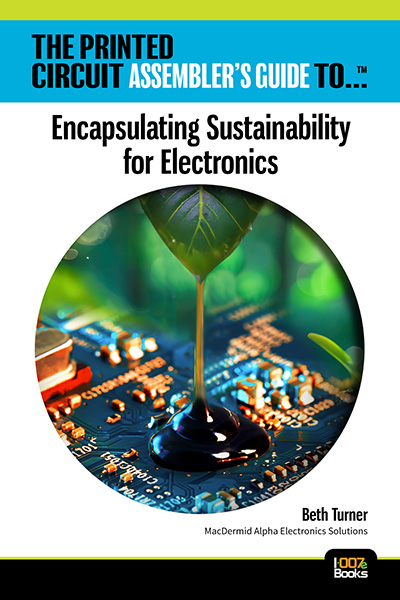-

- News
- Books
Featured Books
- design007 Magazine
Latest Issues
Current Issue
Level Up Your Design Skills
This month, our contributors discuss the PCB design classes available at IPC APEX EXPO 2024. As they explain, these courses cover everything from the basics of design through avoiding over-constraining high-speed boards, and so much more!

Opportunities and Challenges
In this issue, our expert contributors discuss the many opportunities and challenges in the PCB design community, and what can be done to grow the numbers of PCB designers—and design instructors.

Embedded Design Techniques
Our expert contributors provide the knowledge this month that designers need to be aware of to make intelligent, educated decisions about embedded design. Many design and manufacturing hurdles can trip up designers who are new to this technology.
- Articles
- Columns
Search Console
- Links
- Events
||| MENU - design007 Magazine
Fresh PCB Concepts
Column from: Team NCAB
In this column from NCAB, four authors team up to explore fresh PCB concepts.
Jeffrey Beauchamp started his career in the PCB industry in 2003 at PD Circuits. When NCAB Group acquired PD Circuits in 2012, he was instrumental in facilitating the transition working with the teams in China, Europe, and the U.S. With his PCB design, engineering, and production background, he is able to work with PCB customers providing optimal solutions. Jeffrey is a field application engineer and a key member of NCAB Group’s Global Technical Council, which is responsible for continuing to stay abreast of emerging technologies.
Mike Marshall is a field application engineer with NCAB North Central Regional Office. He has 40 years of experience in the PCB Industry. His career began with PCB manufacturing processes and development including but not limited to process engineering, equipment development, plating processes engineering, photoimaging techniques, and NC-drill/rout programing. Later in his career, he went on to develop experience in PCB assembly and electro-mechanical assembly operations in QA management before joining NCAB Group in 2019. Born and raised on the South Side of Chicago, Mike is a proud South Side Irishman and avid Chicago White Sox baseball fan. He is a past executive board member of International Lion’s Club, and an active supporter and member of Knights of Columbus.
Ryan Miller is a field applications engineer at NCAB Group with decade of experience in PCB manufacturing and DFM analysis. He graduated from DeVry University with a B.S. in Electronics Engineering Technology. In his free time, Ryan likes to spend time with his wife and daughter. In addition, he likes fly fishing and reading technical articles.
Ramon Roche is a field application engineer for NCAB Group in the South East regional office. As a mechanical engineer, his career started in the industrial automation industry where he gained a breath of knowledge in manufacturing process and equipment development. He brings experience supporting customers throughout the entire sales and production process. At NCAB, he specializes in sustainability and champions NCAB Groups aggressive approach to tackling these important issues. Outside of work, Ramon is an avid sports fan, both as a spectator and recreational athlete. He enjoys spending time outside, connecting with nature and building community with others.


